Note: to the best of my knowledge this question is not a duplicate question of the following:
- HTML5: Why does my “oninvalid” attribute let the pattern fail?
- HTML5 form required attribute. Set custom validation message?
- How can I change or remove HTML5 form validation default error messages?
Overview
Given a field that:
- Has
patternattribute set for validation, for example"[a-f,0-9]{4}"for a 4 character hex string input. - Has
oninvalidset withsetCustomValidity('...some message...')to define a custom validation message - Has
oninputset withsetCustomValidity('')to reset on input
Here is an example showing this:
/* jshint esnext: true */
const form = document.querySelector("#form");
const field = document.querySelector("#field");
const output = document.querySelector("#output");
form.addEventListener('submit', (e) => {
console.log("SUBMIT");
output.textContent = field.value;
e.preventDefault(); // Prevent default POST request
});
field.oninvalid = (event) => {
console.log("INVALID");
event.target.setCustomValidity('must be valid 4 hex characters');
}
field.oninput = (event) => {
console.log("INPUT");
event.target.setCustomValidity('');
}Output: <span id="output">No output</span>
<form id="form">
<label for="field">Enter 4 character hex code: </label>
<input id="field" type="text" pattern="[a-f,0-9]{4}" autocomplete=off>
</form>Validation works almost as desired, except when the user enters an invalid entry and then proceeds to try and edit it, where their following input states are still invalid:
At this point, neither the custom setCustomValidity message defined in oninvalid is used, nor the empty one defined in onInput.
Instead, as long as the field is in an invalid state and not blurred, the default Please match the requested format. message appears.
Question
What is going on here? Looking at the console, the oninput event is called each time, and therefore event.target.setCustomValidity(''); is called each time.
So why is it that we are still seeing the generic default validation message? Shouldn't setCustomValidity('') disable that?
An acceptable answer here should exhibit the following:
- The
parameterfield is respected for validation. - Any validation message appears if and only if the user attempts to submit an invalid field and not when they modify the input immediately afterward.
- The default
Please match the requested format.message never appears at all.
